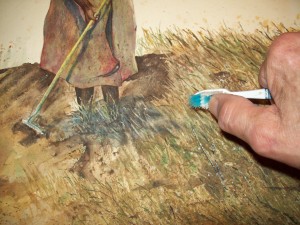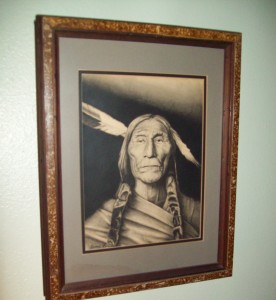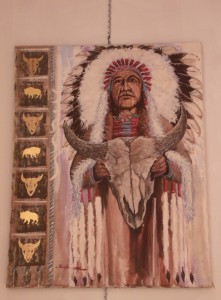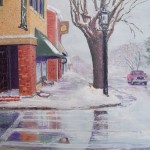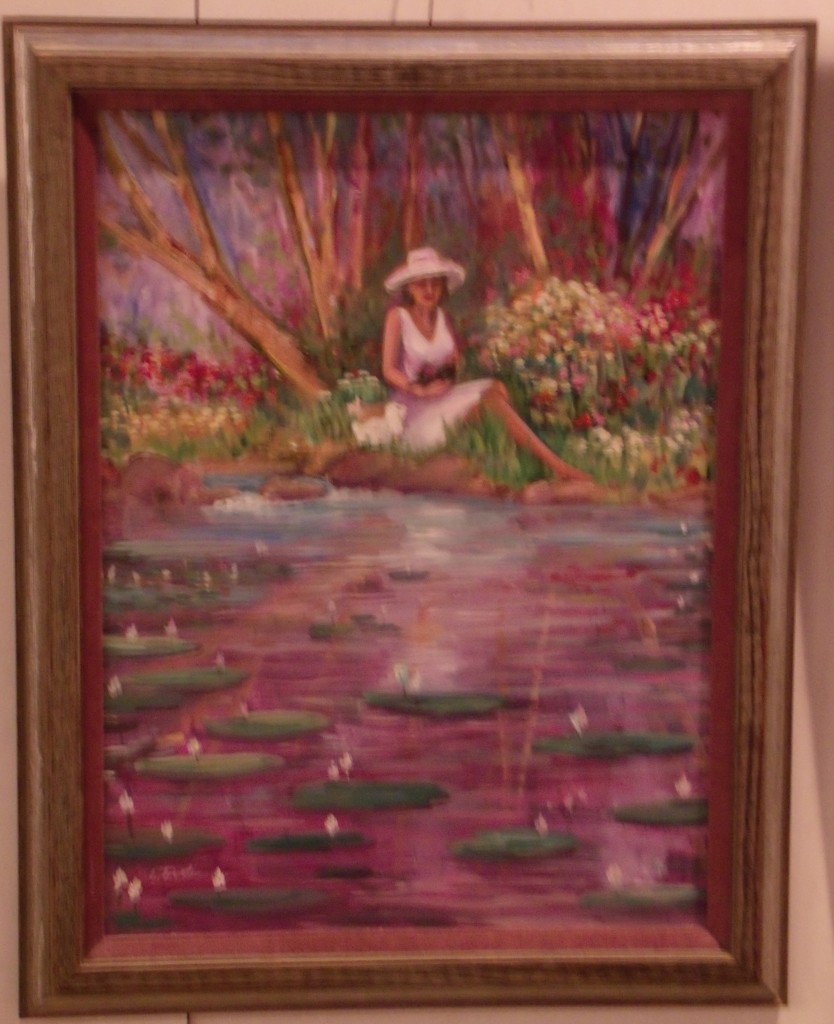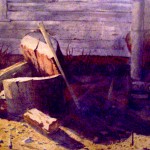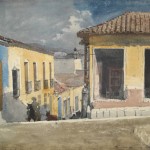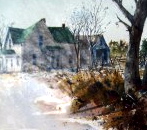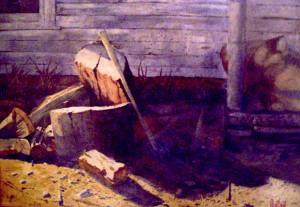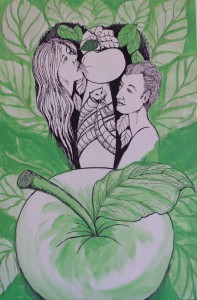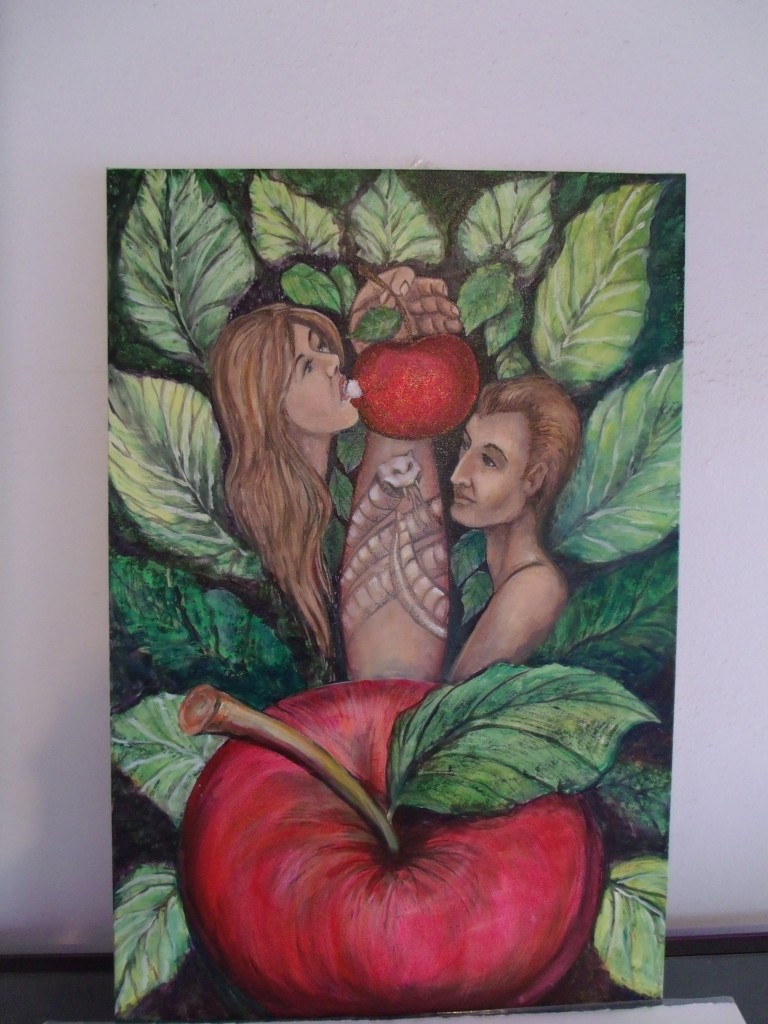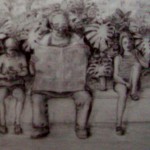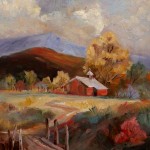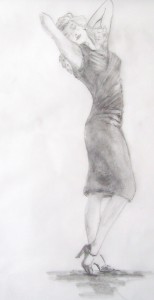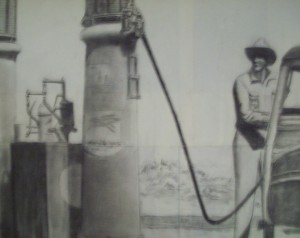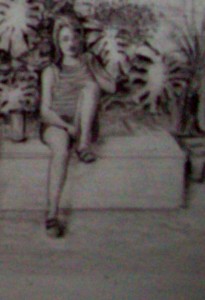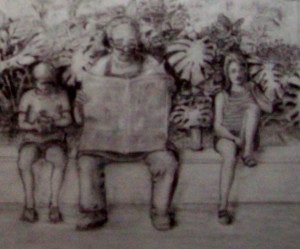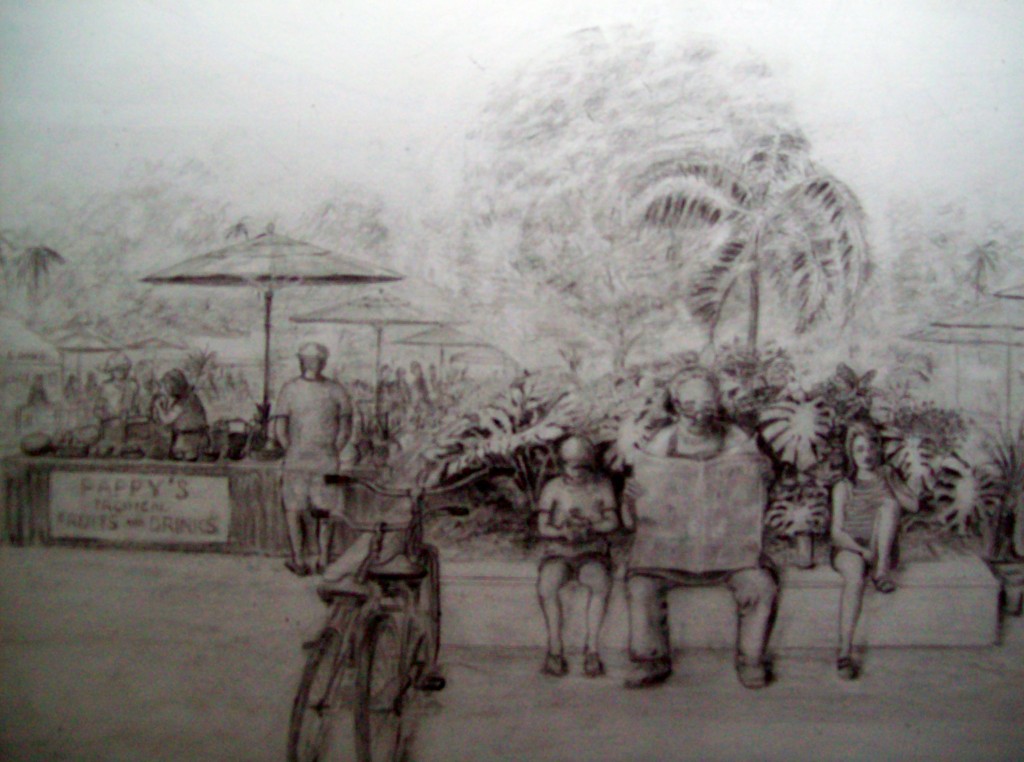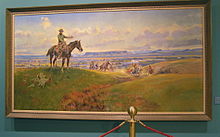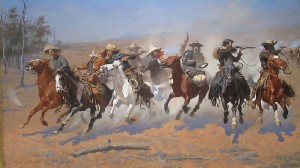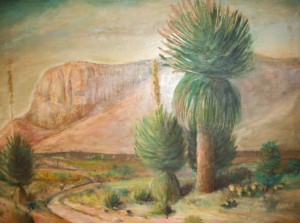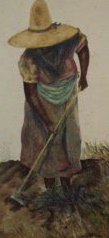
It’s always best for artists to critique their own work and not seek the views of others. When they seek advice it probably means they’re not sure where the fault lies. There are six important areas that should be considered: Color; tonal value; composition; spontaneity, transparency; and subject matter. If these meet the artist’s critical eye, then the watercolor is a success no matter the critique of any other person. Remember, it is okay to have high aims as long as you understand every work may not be a masterpiece. However, aiming high and striving to achieve more with determination will create a rising excitement and assist you in achieving greater ability.
Here are some helpful tips to follow:
- Pay attention to correct tonal values.
- Develop optimum contrast.
- Strengthen your weaker colors as needed.
- If you can’t correct a problem, you may be able to save the painting by cropping it.
- If the painting looks dull, add life to it.
- Don’t fear exaggerating distinguishing details. This often works in your favor.
- After you feel you have finished a painting, let it hang around for a couple of weeks before trying to critique it.
- Be happy, but never become totally satisfied with your work. There is always a better you in there somewhere.
